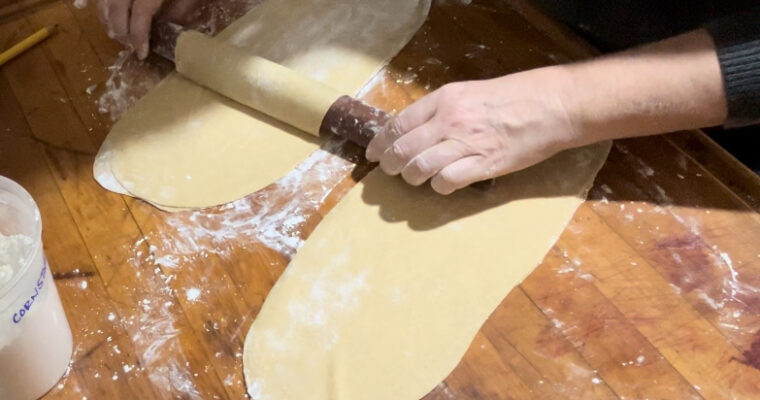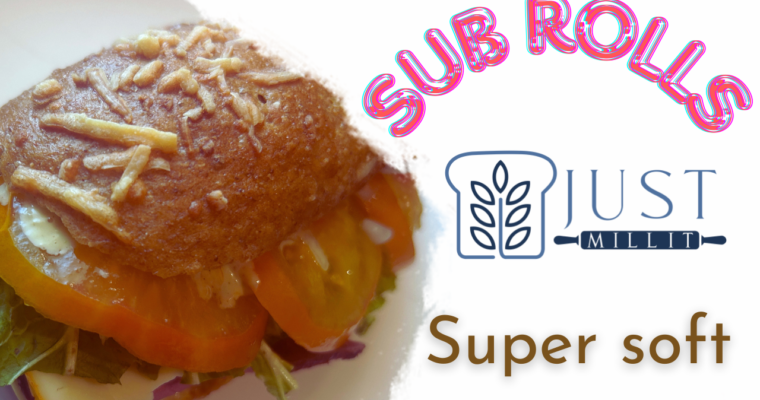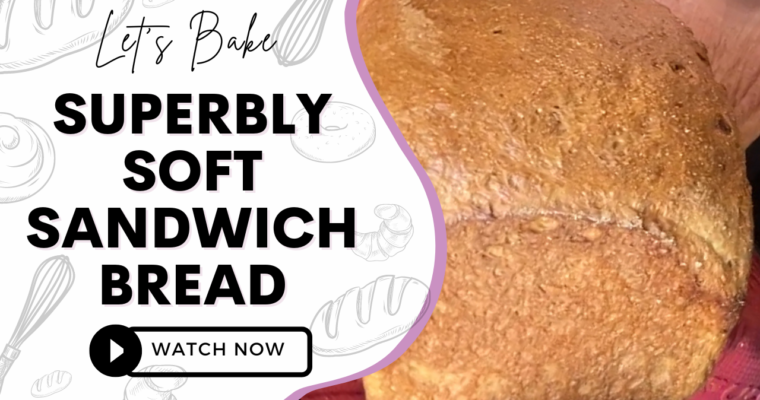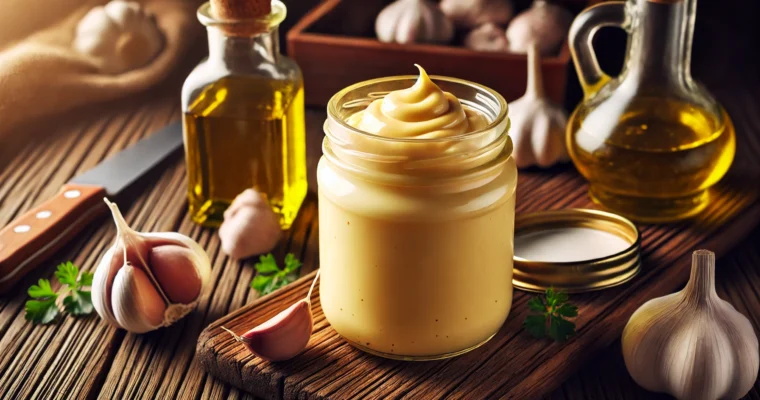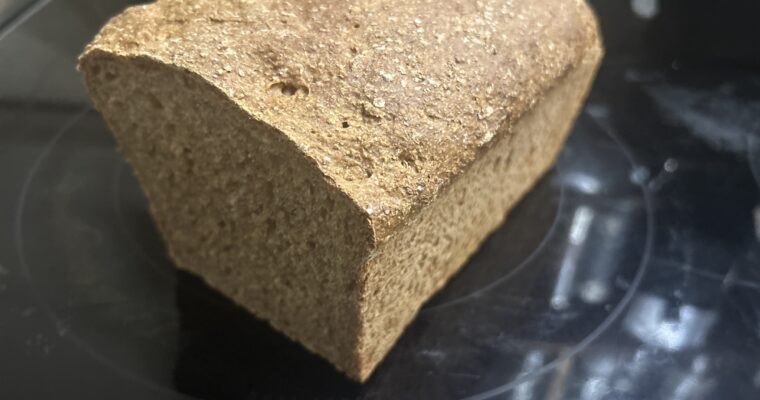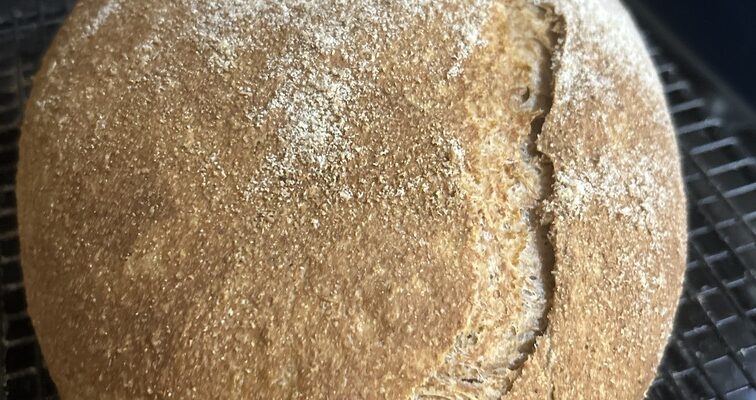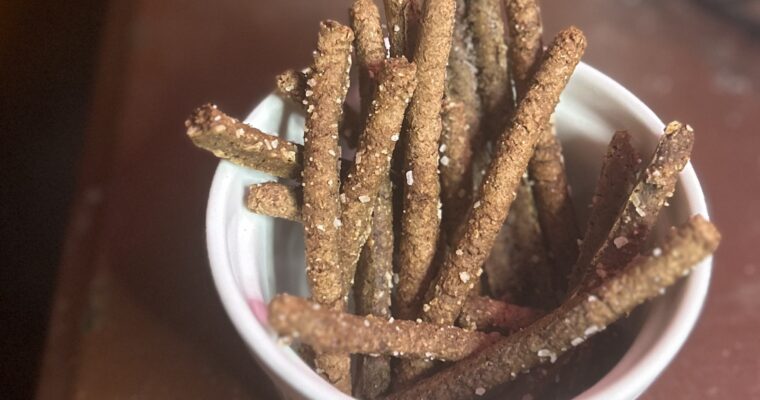How to Make Fresh Milled Phyllo Dough at Home
This recipe for fresh-milled phyllo dough uses hard and durum wheat to create delicate, flaky layers. Perfect for Spanikopita, Baklava, and more, this homemade method simplifies the process with tips for rolling thin, even sheets.

